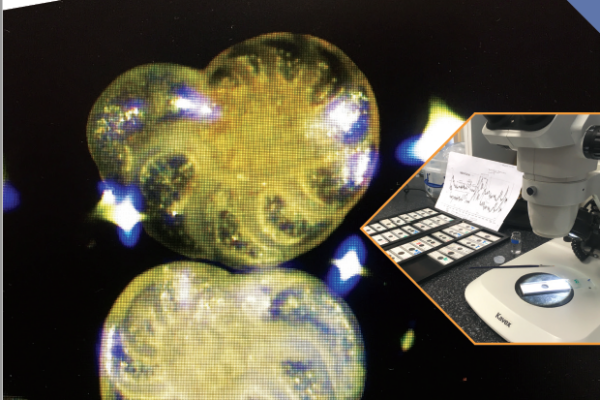Category: News

Annual Review 2023
Read More
Project Title: Weighing young giants: first dynamical masses for directly imaged exoplanets
Over twenty years of research lead to the detection of several thousand of extrasolar planets, from giants resembling Jupiter to objects similar to the Earth, some of which in the habitable zone of their stars. The incredible diversity observed for these systems, both in terms of sizes as well as orbital configurations, has challenged our understanding of planet formation, and suggested that the solar system is not the typical outcome of this process.
Many questions have yet to be answered, some of which require a good knowledge of the planet’s mass: a key parameter for understanding its basic properties, including its potential for supporting life. Precise mass measurements often require combining different techniques and instruments, which is not always possible.
As a result our knowledge of the mass distribution for extrasolar planets is incomplete, especially for the directly imaged planets. Imaging allows a comprehensive view and an extensive characterisation of systems, but only provides the planet’s luminosity. Therefore a precise measurement of the mass is currently not available for most of these objects.
As most imaged planets have long orbital periods around young active stars, the changes in the stellar light that they cause would be hardly detectable. The new Gaia satellite now allows to measure the position of the central star with enough accuracy to detect the motion caused by a planet. The amplitude of such motion increases with the period, and is not affected by stellar activity, making this method perfectly suitable for direct imaging planets.
Within this project, I developed a code to combine the direct imaging observations and the data from Gaia to obtain model-independent measurements of the masses of directly-imaged young giant planets. The code was tested on a sample of objects selected using Gaia, and then observed with SPHERE: one of the most advanced imaging facilities currently available, mounted on the Very Large Telescope in the Atacama Desert. The selection method we developed proved to be highly successful, and has been the object of a dedicated publication. This pilot survey lead to the discovery of several companions, most of which stellar, and one white dwarf.
The results of this program represent an important first step toward the realisation of a full synergy between direct imaging and astrometry. Since the method I developed can be applied to a wide range of companion masses, the impact of my results will extend beyond the objects for which the full analysis is possible. These results will therefore affect all the future detections and represent a crucial step to understand if and when Earth-like planets can form.

Awarded: Research Incentive Grant
Field: Astronomy & Physics
University: University of Edinburgh